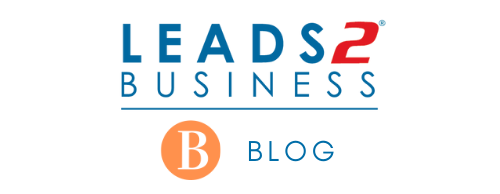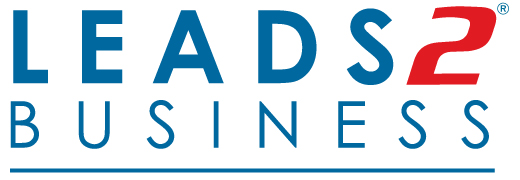It is said that you cannot escape two things in life. Death and taxes. But there is one other factor that people do not perhaps think of. Risk. It is inherent to living. To climb into a vehicle and drive anywhere has the potential of an accident taking place. To not exercise and expect your health to be tip top in the long term is a risky affair. To climb on a skateboard and head down a hill of steep gradient increases the risk of doing physical damage to yourself (although some may argue that psychological damage may have already occurred if you are partaking in such activities).
As it is in our daily living, so it is in business. Just to start a business comes with some pretty big risk. According to Bloomberg 8 out of 10 entrepreneurs fail within the first 18 months. That’s some pretty risky business. Calculated risk is defined as “a chance of failure, the probability of which is estimated before some action is taken”. From this statistic we can see that calculated risk is not necessarily a science. But with the percentage of businesses that do succeed and thrive, it is clear that the risk can be worth the reward. As Louis Pasteur said “Chance favours the prepared mind”. With that in mind, what kind of business risks can you potentially face?
According to Wikipedia, Business risk can be classified in the following groups :
- Strategic risk: the risk associated with the operations in the particular industry arising from the Business Environment, Transactions and Investor relations.
- Financial risk: The risk associated with the financial structure and transactions of the particular industry.
- Operational risk: risk associated with the operational and administrative procedures in a particular industry.
- Compliance (Legal) risk: The risk associated with the need to comply to rules and regulations of the government.
- Other risks : There would be risks like natural disaster and others that depend upon the nature and scale of the industry.
So why would anyone in their right mind want to take this kind of risk? I guess for the same reason you would want to ride downhill on a skateboard. You love it and it drives you (excuse the pun). In my (limited) experience it seems that when successful people are questioned about their success there are some factors that are mentioned frequently.
- Have good people close to you who will be honest and keep you grounded
- Have the right tools to work with
- Be patient
- Be persistent
Benjamin Franklin once said “Energy and persistence conquer all things”. I think there is something in that. Like a friend mentioned “You only see an opportunity if you look up”. Yes, risk is inherent. Yes, the chance you may fail is present. But then – look up – so is the chance that you may be a wild success if you are willing to take a calculated risk.
Now wouldn’t that be a rush. So, I am off to hop on a skateboard …. What are you going to be doing?
About Carmen Barends
Social media adventurer for Leads 2 Business, exploring new frontiers and taking new ground. “Not all those who wander are lost.” JRR Tolkien
- Web |
- More Posts(29)











